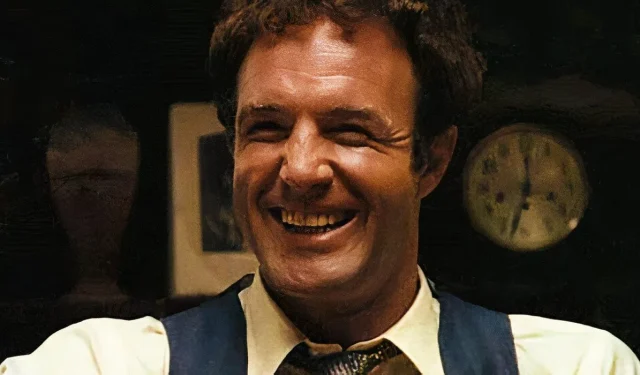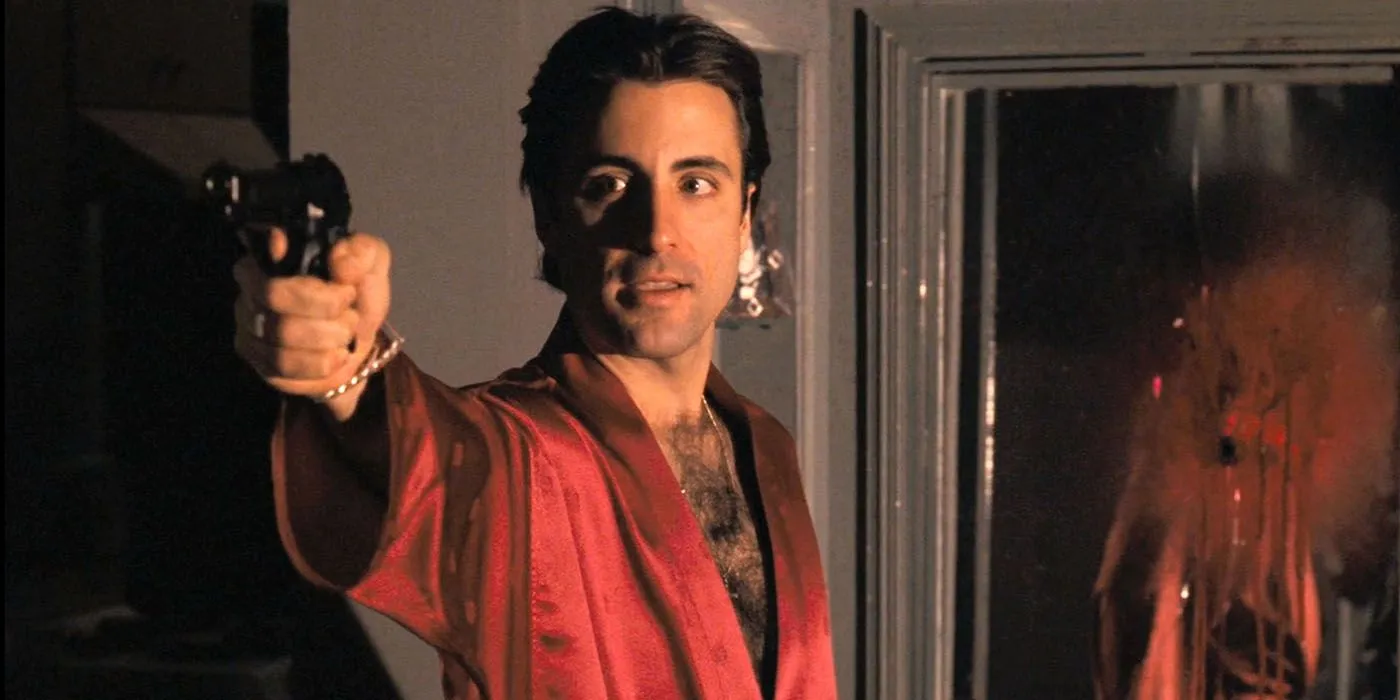
A recently uncovered deleted scene from The Godfather Part II serves to clarify a question that has persisted among fans regarding the characters’ arcs in the third installment of the trilogy. Lauded as one of the most significant accomplishments in cinematic history, The Godfather series has garnered much discussion, particularly concerning character decisions and narrative inconsistencies. A particularly intriguing line of inquiry revolves around Sonny Corleone’s family, his legitimate children in particular, and their disconnection from the family’s criminal undertakings, especially highlighted in the contentious The Godfather Part III featuring Vincent Mancini, Sonny’s illegitimate son.
Film enthusiasts have long wondered about the absence of Sonny’s legitimate children in the family’s criminal empire. The answer lies within a deleted scene from the second installment of the saga.
Unveiling Sonny’s Children’s Fate in The Godfather Part II
The Deliberate Exclusion of Sonny’s Kids from the Family Business
The deleted scene occurs during Michael Corleone’s leadership, shedding light on the fate of Sonny’s legitimate children. In this poignant moment, Francesca, Sonny’s daughter, seeks Michael’s blessing for her upcoming wedding. This seemingly simple request carries profound implications. Michael’s warm response indicates an unspoken rule within the Corleone family regarding the fate of Sonny’s children. Unlike the men drawn into the empire’s darker aspects, Francesca and her siblings have been intentionally distanced from their father’s criminal lifestyle.
This important interaction does more than provide a glimpse of Michael’s softer side; it confirms that Sonny’s children were intentionally shielded from the harsh realities of their father’s world. While Michael’s own entanglement in the family’s darker legacy deepens, he acknowledges this protective arrangement, illustrating a profound effort to preserve the innocence of Sonny’s progeny and allow them a life free from organized crime’s taint.
When viewed in the broader context of the trilogy, this decision aligns with Michael’s pragmatic nature. By the time he assumes command of the Corleone legacy, he develops a keen sense of separating familial loyalty from essential business decisions. This calculated choice to keep Sonny’s children away from the criminal operations strategically minimizes their exposure to the risks associated with the Corleone name.
Vincent Mancini and the Legacy of Sonny’s Children in Part III
The Impact of Sonny’s Children on the Future of the Corleone Family

The notable absence of Sonny’s legitimate children sets the stage for Vincent Mancini, portrayed by Andy Garcia, to ascend within the Corleone family. Unlike Francesca and her siblings, Vincent isn’t just spirited; he also possesses ties to the family’s criminal undertakings. By the time of The Godfather Part III, Vincent is somewhat entrenched in the underworld, making him a fitting — albeit unpredictable — candidate to take over the leadership left vacant by Michael.
This narrative approach highlights Michael’s commitment to distancing Francesca and her siblings from the Corleone family’s operations. By ensuring Sonny’s legitimate children stay away from the criminal elements, Michael honors the implicit promise made in the deleted scene. It emphasizes the notion that the transgressions of the fathers need not dictate the path of their children, granting Francesca and her siblings the potential for more stable, lawful existences. This creates a stark contrast between Vincent, a character deeply loyal to the family’s power dynamics, and Francesca, who remains unencumbered by such burdens.
The omission of this deleted scene from The Godfather Part II raises questions about narrative coherence and emotional depth within the trilogy. Sonny’s absence resonates in both Parts II and III, and witnessing interactions between his children and Michael could have forged a crucial connection between the familial past and present.
Moreover, integrating this scene could have enriched Michael’s character development, portraying him not merely as a heartless mob leader but as a man grappling with moral contradictions. He balances his dual roles as a patriarch and a kingpin, adding layers to his character. For devoted fans of The Godfather, this insight only heightens appreciation for the intricate narrative within the trilogy. It illustrates that every choice—be it in life or art—creates consequences that resonate throughout the Godfather saga.




Leave a Reply